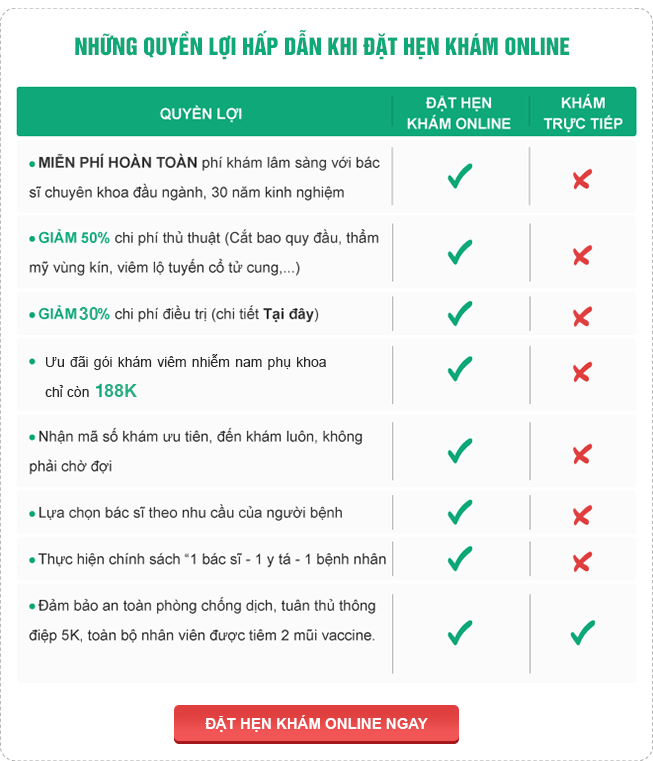Balance Sheet Basics: A Simple Guide for Small Business Owners
Each component of the formula is a category of current asset type and may include multiple lines from your balance sheet. As an example, cash and cash equivalents should include all cash on hand and held in bank accounts or digital wallets. Current assets are a significant measure of a business’s financial health. They represent the assets that will become cash in a reasonable timeframe to pay down debts, fund daily operations, and reinvest in the business. Mismanagement of current assets, such as overstocking inventory or delaying receivable collections, can lead to inefficiencies that ripple through the organization.
Danh Mục
Marketable securities
Raw Material InventoryRaw materials inventory is the cost of products in the inventory of the company which has not been used for finished products and work in progress inventory. Raw material inventory is part of inventory cost which is reported under current assets on the balance sheet. It’s important for each of these accounts to be evaluated and adjusted throughout time with valuation accounts. For example, accounts receivable can become worthless over time if customers and vendors are unwilling or unable to make their payments.
Q&A: Balance Sheet Basics
Advanced analytics and business intelligence (BI) tools can analyze vast amounts of financial data, providing businesses with insights into their current assets’ performance. This visibility helps businesses make informed decisions, track cash flow, and ensure inventory levels align with demand, reducing the risk of overstocking or stockouts. By leveraging technology, businesses can streamline cash flow, optimize inventory levels, and improve receivable collections, ensuring financial stability and growth. Lack of real-time visibility into current assets, such as cash, receivables, and inventory, can lead to inaccurate decision-making.
This proactive planning enables you to prepare and change your expenditures, debt management, and investments accordingly. Effective management and optimization of current assets are paramount to your business’s financial health and overall performance. Accounts receivable are a valuable asset because they represent future cash inflows. However, it’s important to manage them carefully, as some customers may delay payment or even default on their debts. This is why businesses track the ageing of their accounts receivable to identify overdue payments and take appropriate action. Prepaid expenses represent payments made in advance for goods or services that your business will use in the future.
Contributes to a company’s financial stability
These are things used to operate the business day-to-day, and to cover your immediate expenses. The main difference is the length of time that they are held by your business. Fixed assets are generally long-term assets that the business will own for longer than a year, while current assets are owned for 12 months or less. Understanding your business assets, including how to categorize them and assign value to them, is key to managing your company’s finances.
The balance sheet reports on an accounting period, which is typically a 12-month timeframe. Current assets can be found at the top of a company‘s balance sheet, and they’re listed in order of liquidity. Deskera ERP integrates financial, sales, procurement, and inventory functions in one platform, providing a holistic view of your current assets. This seamless integration ensures that asset data is consistent and accurate across all departments, reducing discrepancies and improving decision-making. The accounts receivable turnover ratio measures how quickly a business collects its outstanding accounts receivable.
Including short-term investments
The quick ratio is calculated by dividing a company’s quick assets by its current liabilities. Quick assets typically include cash, cash equivalents, marketable securities and accounts receivable. Sometimes, businesses pay for goods or services upfront to secure their future benefits. Even though the business has already spent the cash, these payments are considered current assets because they represent value the company will receive within the year.
- Valuing intangible assets is difficult to do and usually requires outside experts.
- You can maintain a healthy cash flow by negotiating favorable payment terms with your suppliers and implementing diligent invoicing and collection practices.
- These assets are typically used to generate returns in the short term while maintaining liquidity.
- Calculating current assets is a straightforward process, but it requires attention to detail.
- Your small business’s assets are a key indicator of its value to both you and investors.
The Small Business Guide to Reading Financial Statements
Your current ratio evaluates your company’s ability to meet any short- and long-term obligations. Long-term assets may include property and buildings, equipment or copyrights. Quick ratio measures the likelihood of a company to fulfill short-term obligations with cash, cash equivalents, accounts receivable and any marketable securities. To calculate the quick ratio, add all current and long-term assets and divide by the total liabilities. In simple words, assets which are held for a short period are known as current assets.
- Late or unpaid invoices mean less working capital to cover daily expenses or invest in growth opportunities.
- On the left side are your assets, and on the right side are your liabilities and owner’s equity.
- Current assets are resources that are expected to be used up in the current accounting period or the next 12 months.
- These assets, like money on hand, accounts receivable and inventory, help cover daily expenses and keep operations running smoothly.
- With tools like Deskera ERP, businesses can efficiently track and manage current assets in real time, ensuring optimal resource utilization and driving sustainable growth.
It’s also important to know that sometimes asset values need to be revalued at fair market value. Valuation firms, consultants, or brokers who specialize in valuing small businesses are all good options to consider. Angela Boxwell, MAAT, is an accounting and finance expert with over 30 years of experience.
The balance sheet is one of the three main financial statements used in business accounting, alongside the income statement and cash flow statement. While the income statement shows performance over time and the cash flow statement tracks movement of money, the balance sheet shows your company’s net worth at a given date. Current assets are items of value owned by a company expected to be converted into cash, understanding your small businesss current assets sold, or used up within one year or one operating cycle, whichever period is longer. This “one-year rule” is a common guideline, but for businesses with a longer operating cycle, such as those in manufacturing, that longer period becomes the standard. An operating cycle measures the time it takes for a business to convert its investments in inventory and accounts receivable into cash. Marketable securities are investments you can quickly convert to cash by trading them on public exchanges.
It’s a more conservative measure of liquidity than the current ratio because it excludes inventory, which may not be easily converted into cash. One of the primary ways current assets affect financial health is through liquidity. Liquidity refers to a company’s ability to convert assets into cash to meet short-term obligations, such as paying suppliers, salaries, or utilities. A healthy level of current assets ensures that a business has the flexibility to handle unexpected expenses or temporary cash flow issues without resorting to high-interest loans or credit. Efficient management of current assets strengthens a company’s financial position. By maintaining optimal levels of cash, inventory, and receivables, businesses can avoid both shortages and excesses.







